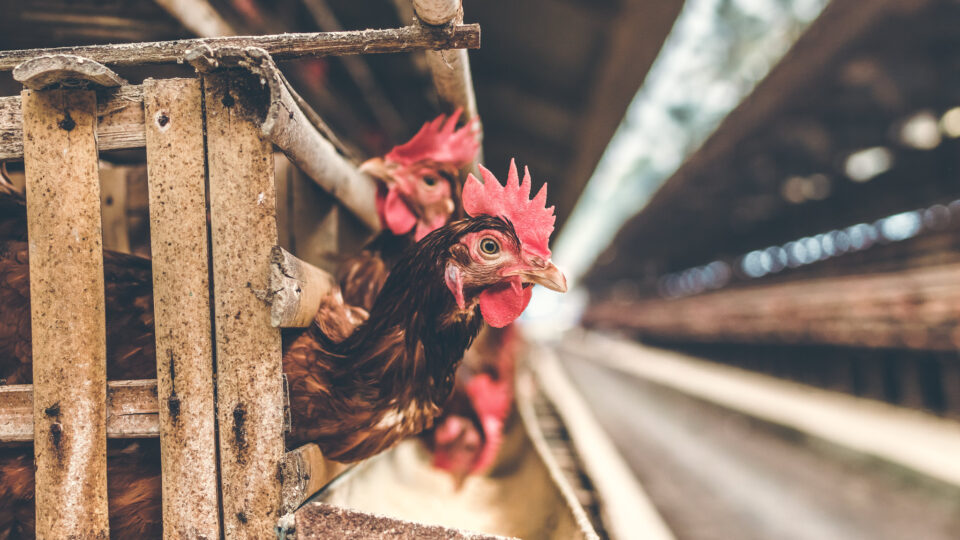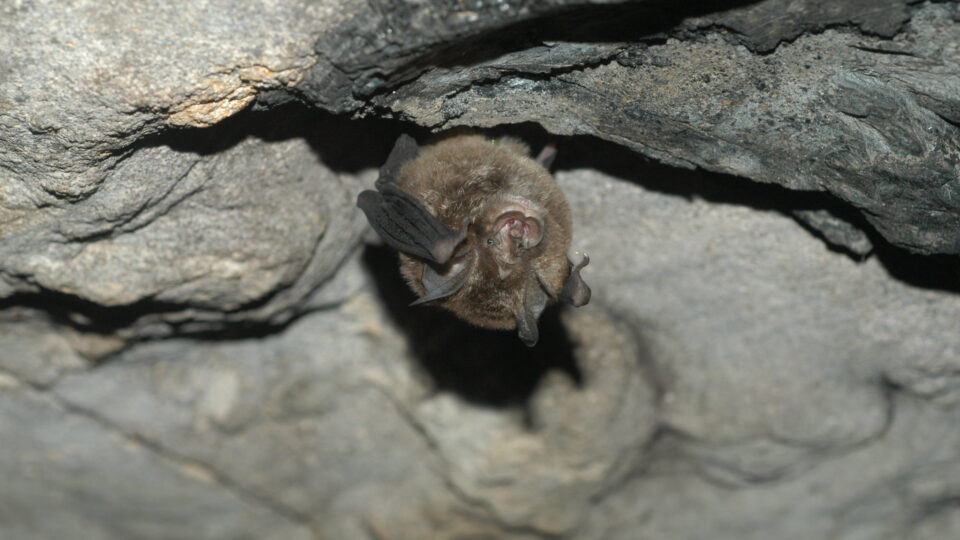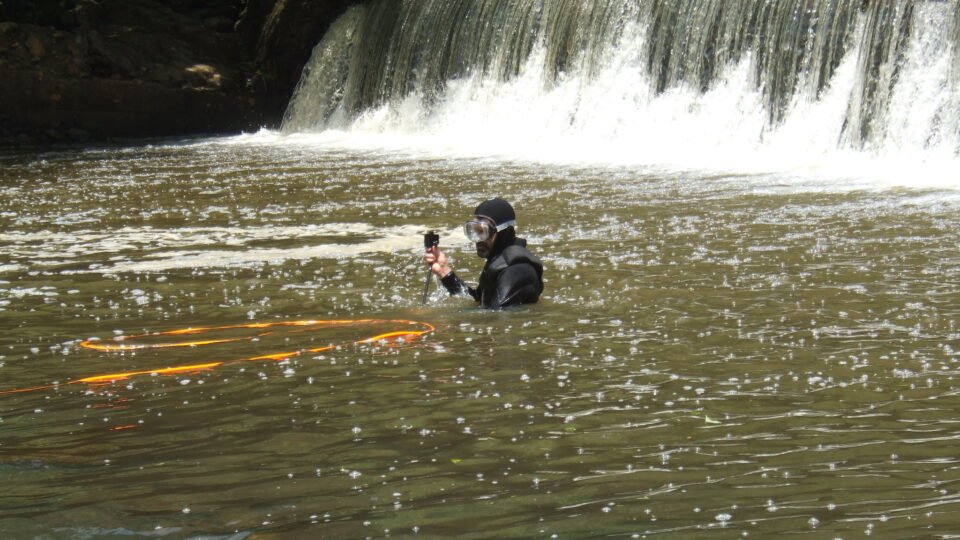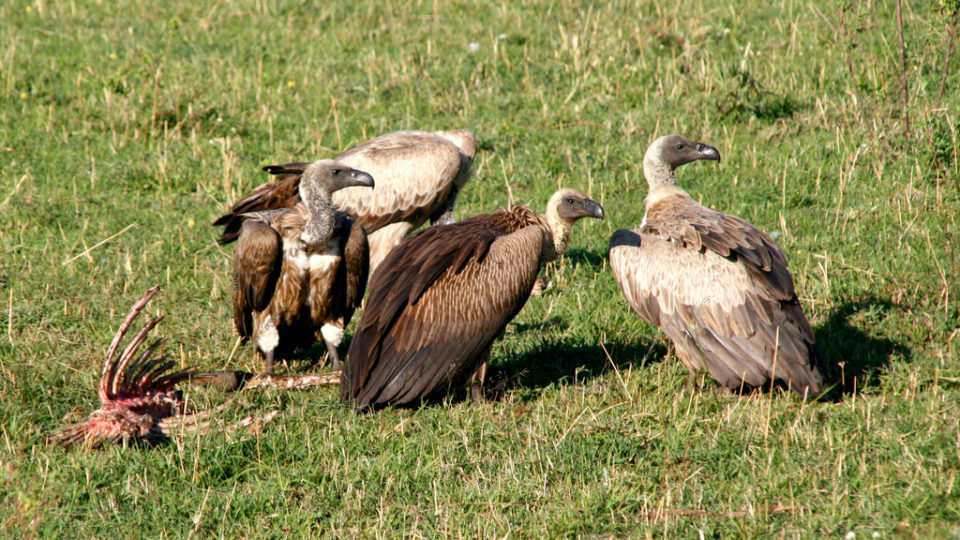The domestication of cows, pigs, chickens, and other animals as livestock for their meat, milk, and eggs was historically revolutionary. It boosted food security by giving people a readily-available means of feeding themselves as opposed to more traditional methods such as hunting and fishing.
But animal agriculture has plenty of drawbacks. The industrialization of animal agriculture has led to horrendous conditions. Animals are kept in huge quantities and packed together with little regard for their health and welfare. This approach to agriculture is simply designed to maximize production while minimizing costs.
With its chemical inputs and toxic outputs, intensive animal agriculture is also a major threat to the environment. In fact, it’s a major driver of habitat degradation and biodiversity loss all around the globe.
But it’s not just animals and the planet that pay a price. Humans have inherited several lethal pathogens from livestock over the years, including the influenza virus that likely jumped to humans from poultry.
According to a study recently published in Biological Conservation, there is a connection between the global increase in the emergence of infectious diseases and epidemics, the accelerated loss of biodiversity, and the expansion of livestock. In the study, the research team from the Institute of Evolution Sciences of Montpellier cross referenced databases on human and animal health, livestock expansion, and biodiversity loss between 1960-2019. The team found that the number of epidemics identified in humans increased in correlation with both biodiversity loss and livestock expansion.
In the era of COVID-19, it’s important to understand how global livestock expansion directly threatens both human health and the health of the planet.
**********
Web Links
Livestock expansion is a factor in global pandemics
Photo, posted July 22, 2018, courtesy of Artem Beliakin via Flickr.
Earth Wise is a production of WAMC Northeast Public Radio.



















